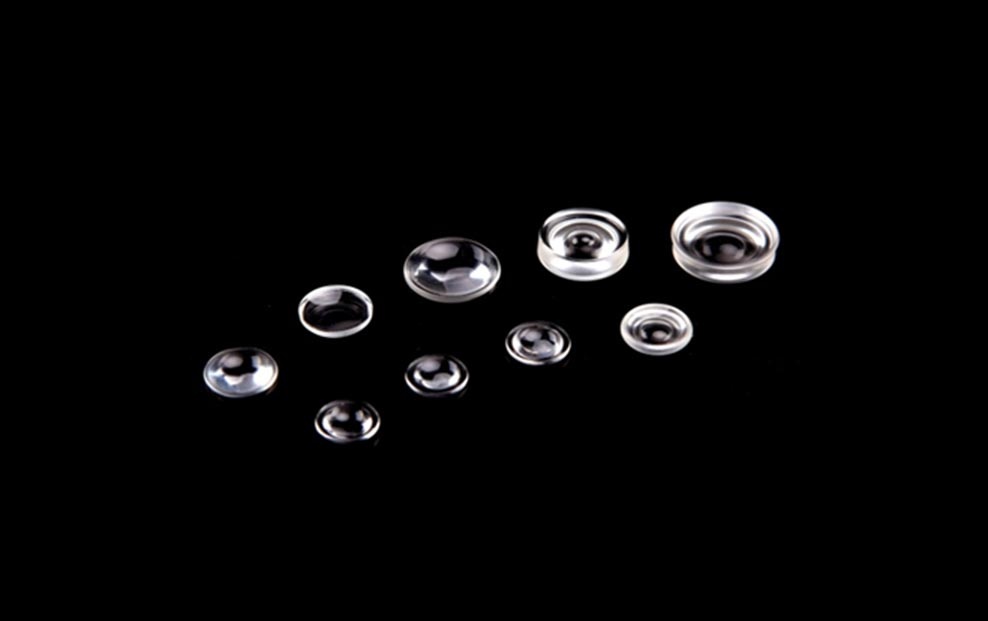Differences in crystal structure
■ Single-crystal quartz: has a highly ordered crystal structure with regular atomic arrangement and three-dimensional periodic repetition. Its crystal form is usually hexagonal or rhombic.
■ Fused silica: composed of amorphous silicon dioxide, with no obvious crystal structure and disordered atomic arrangement. It exhibits short-range order and long-range disorder on the microscopic scale.
Hardness and Density
■ Monocrystalline quartz: high hardness, 7 on the Mohs scale, with a relatively constant density of about 2.65 g/cm3.
■ Fused silica: slightly lower hardness than single crystal quartz, with a relatively light density generally around 2.2 g/cm3 .
Optical Properties
■ Monocrystalline quartz: It has good transmittance of visible light and part of infrared light, stable refractive index, and can be used to manufacture optical lenses, prisms and other high-precision optical components.
■ Fused silica: also has good optical transmittance, but due to its amorphous structure, the uniformity of refractive index may be slightly lower than that of single crystal quartz. It is commonly used in the manufacture of optical fibres, optical windows and so on.
Thermal Properties
■ Monocrystalline quartz: Excellent heat resistance, melting point up to about 1750°C, low coefficient of thermal expansion, good dimensional stability at high temperatures.
■ Fused silica: also has high heat resistance, but has a slightly lower melting point compared to single crystal quartz. It also has a lower coefficient of thermal expansion and is able to withstand large temperature changes without rupture.
Electrical Properties
■ Single crystal quartz: a good electrical insulator with high resistivity and low dielectric loss. It is widely used in the electronics industry for the manufacture of integrated circuits, quartz oscillators and other electronic components.
■ Fused silica: also has good insulating properties, but may differ from single crystal quartz in some electrical properties due to its amorphous structure.
Preparation method
■ Monocrystalline quartz: It is usually prepared by crystal growth techniques such as hydrothermal and lifting methods. These methods need to be carried out under specific temperature, pressure and solution conditions to promote the growth of quartz crystals. The preparation process is complex and costly, but high quality single crystal materials can be obtained
■ Fused Quartz: This is mainly achieved by heating raw materials such as quartz sand to high temperatures to make it melt, and then rapidly cooling it to form an amorphous glassy substance. The preparation process is relatively simple, low cost, and can be produced on a large scale.

